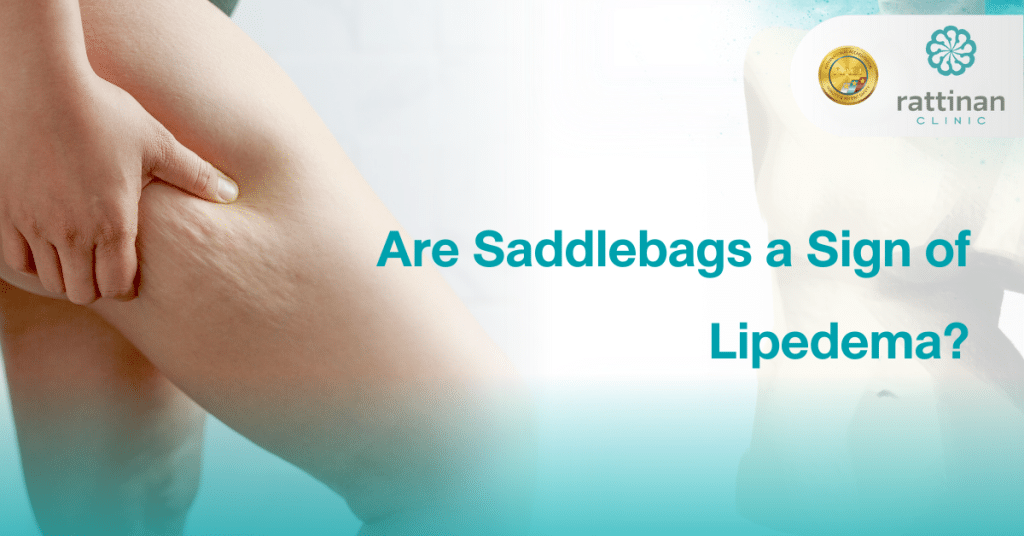If you’ve ever looked in the mirror and wondered whether the extra fat on the sides of your thighs—commonly called “saddlebags”—is just stubborn fat or something more, you’re not alone. One condition that often gets confused with saddlebags is lipedema, a chronic fat disorder that mostly affects women. So how do you tell the difference?
Let’s break it down.
Saddlebags refer to localized fat deposits on the outer thighs, just below the hips. They’re super common in women and are often caused by:
- Genetics
- Hormonal fat distribution (thanks, estrogen)
- Lifestyle factors like diet and activity level
Saddlebags are generally harmless, and many people choose to keep or embrace them. Others may want to reduce them for personal or aesthetic reasons—and in most cases, exercise and diet can help.
What Is Lipedema?
Lipedema is not just fat. It’s a chronic medical condition that causes abnormal and painful fat buildup, typically in the lower body. It’s often misdiagnosed or mistaken for obesity or standard fat distribution.
Key signs of lipedema include:
- Symmetrical fat accumulation in the hips, thighs, and sometimes arms
- Feet and hands are unaffected
- Fat may feel painful, firm, or nodular
- Easy bruising and sensitivity to touch
- Doesn’t respond well to diet or exercise
Often appears or worsens during puberty, pregnancy, or menopause
Saddlebags vs. Lipedema: How to Tell the Difference
| Feature | Saddlebags | Lipedema |
|---|---|---|
| Fat distribution | Often uneven | Always symmetrical |
| Pain or tenderness | Rare | Common |
| Fat texture | Soft | Firm or nodular |
| Feet & hands | May be affected | Always spared |
| Bruising | Normal | Frequent and easy |
| Response to diet/exercise | Usually improves | Minimal or none |
| Progression | Slow or stable | Gradual worsening |
Final Thoughts
So, are saddlebags a sign of lipedema?
Not always—but if you notice:
- Persistent outer thigh fat that doesn’t go away
- Pain, heaviness, or tenderness in your legs
- A noticeable difference between how your legs and feet look
…it may be worth speaking with a healthcare provider, especially one familiar with lipedema diagnosis and treatment.
Remember: your body is not a problem to be solved. But being informed helps you advocate for your health and well-being.


Our Expert Medical Contributors are licensed doctors and specialists who ensure every article is accurate, trustworthy, and easy to understand. Guided by our commitment to safety, care, and confidence, they provide expert insights to help patients make informed decisions. At Rattinan, we believe that knowledge is the first step to transformation.